Another
Extraits
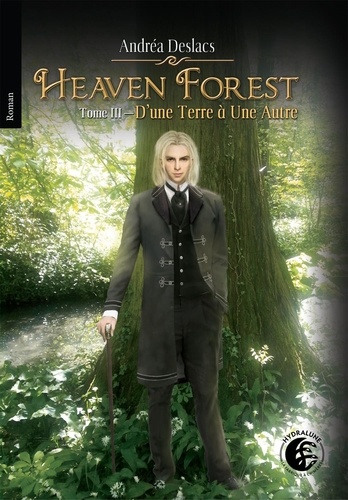
Littérature française
D'une Terre à Une Autre - Heaven Forest 3
11/2019

Rock
Freddie Mercury
01/2023
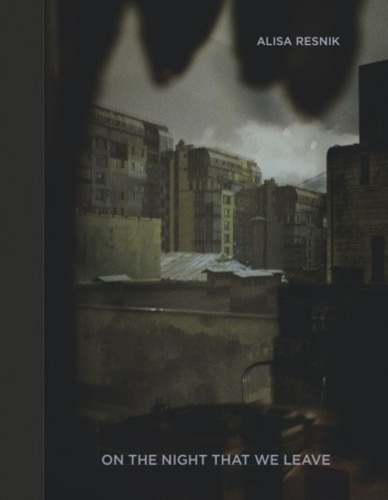
Thèmes photo
On the night that we leave
11/2021
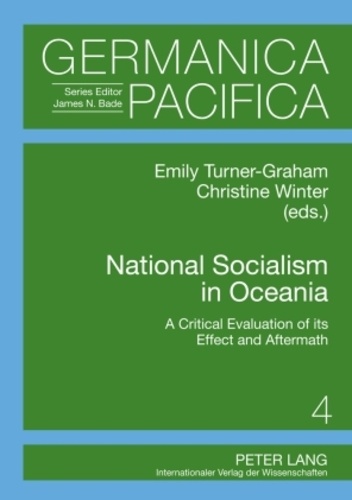
Histoire internationale
National Socialism in Oceania
04/2010
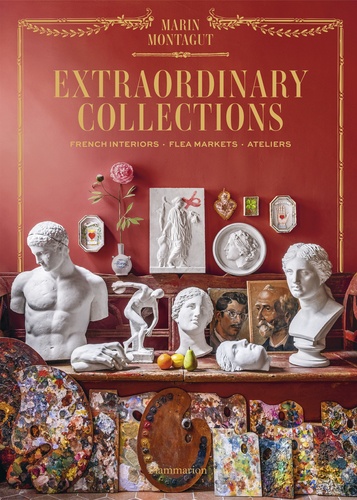
Arts décoratifs - Traditions
Extraordinary Collections. French Interiors, Flea Markets, Ateliers
09/2023

Musique, danse
Petit dico de U2
08/2010

Non classé
How Judaism reads the Torah, III
09/1993

Non classé
How Judaism reads the Torah I / II
10/1993

Sports
Le budo en héritage. Edition bilingue français-anglais
10/2019

Musique, danse
Blondie. Living in the real world
08/2019
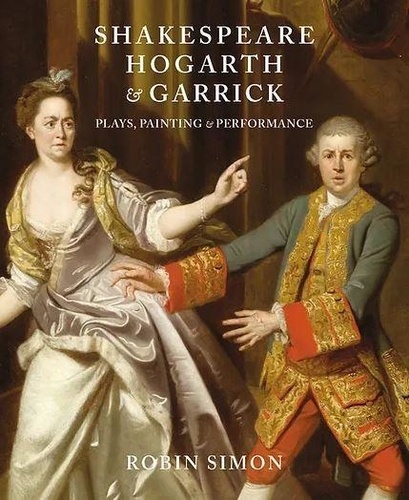
Monographies
Shakespeare, Hogarth and Garrick. Plays, Painting and Performance
06/2023
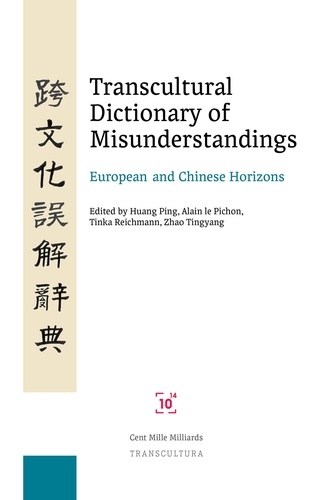
Cerveau et psychologie
Transcultural Dictionary of Misunderstandings. European and Chinese Horizons
07/2022

Histoire internationale
Charge of the Bull
06/2012
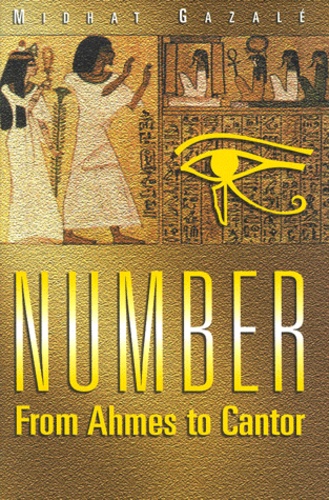
Histoire et Philosophiesophie
Number from Ahmes to Cantor
01/2000

Littérature française
Les villes de la plaine
08/2011

Développement durable-Ecologie
GLIM FOR ECOLOGISTS. Disk included
01/1993
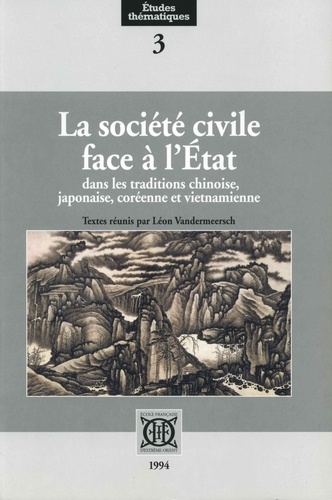
Histoire internationale
La société civile face à l'Etat dans les traditions chinoise, japonaise, coeéenne et vietnamienne
01/1994

Monographies
Peter Doig
06/2023
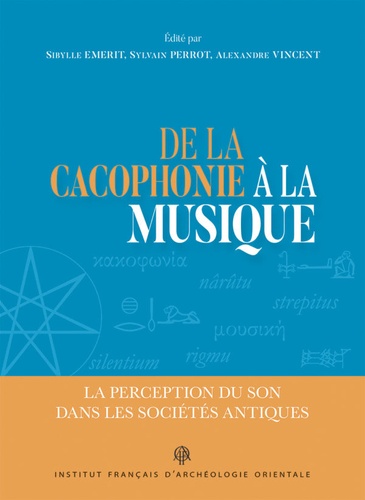
Histoire antique
De la cacophonie à la musique. La perception du son dans les sociétés antiques
11/2022
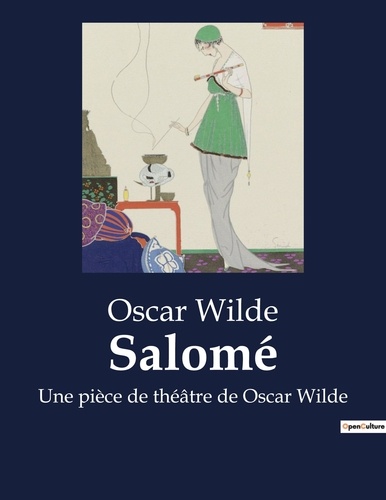
Théâtre
Salomé. Une pièce de théâtre de Oscar Wilde
02/2023

Histoire de l'art
A History of Arcadia in Art and Literature: Volume II. Later Renaissance, Baroque and Neoclassicism
01/2022
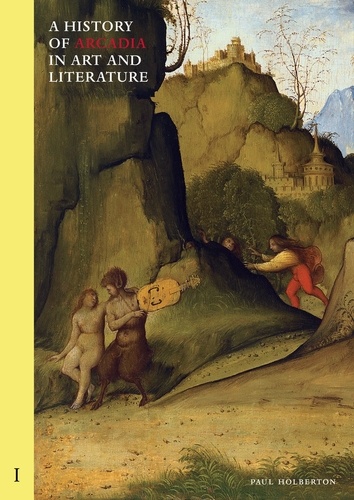
Histoire de l'art
A History of Arcadia in Art and Literature: Volume I. Earlier Renaissance
01/2022
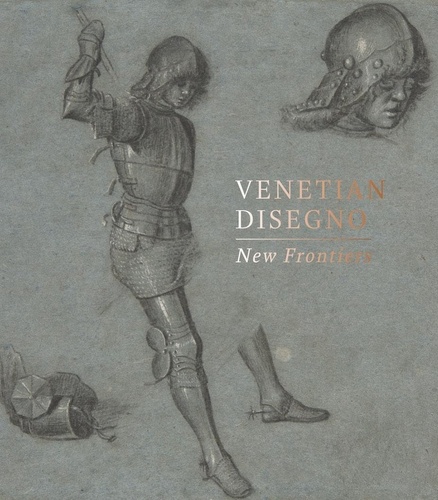
Monographies
Venetian Disegno. New Frontiers
03/2024
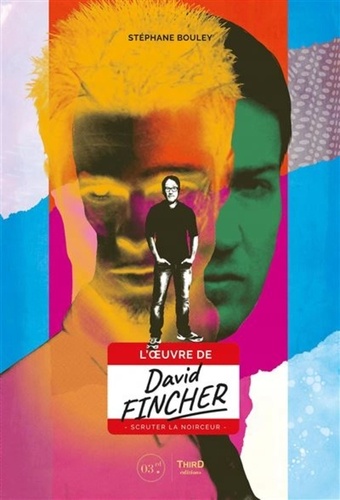
Cinéastes, réalisateurs
L'oeuvre de David Fincher. Scruter la noirceur
11/2022

Rock
Richard Hell. The original punk
09/2023
